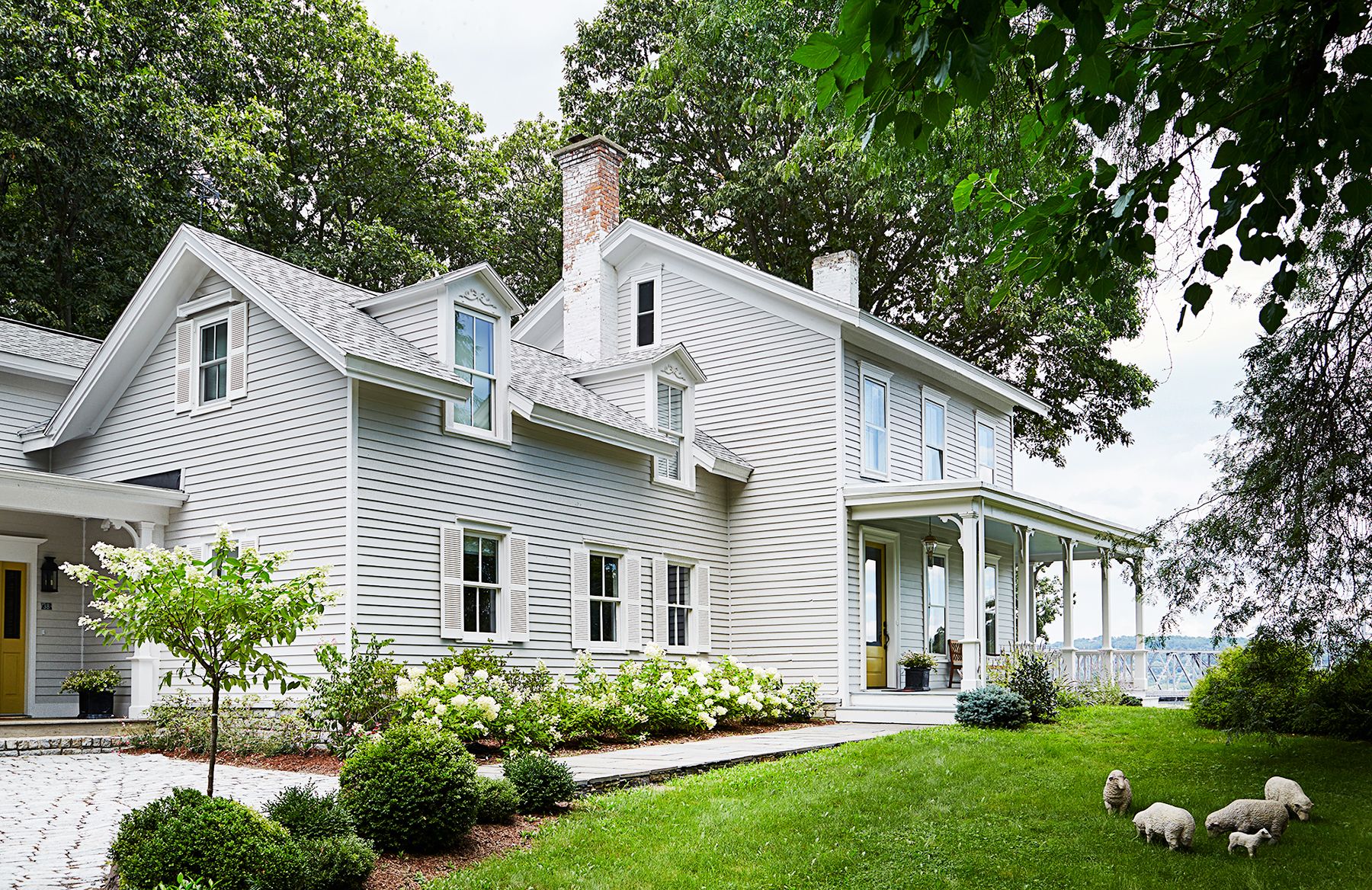When it comes to making a lasting first impression, few things rival the impact of a well-designed home exterior. The exterior of a house serves as a visual introduction to the world that lies within its walls. It’s a canvas where architectural elements, landscaping, and personal style converge to create a harmonious and inviting facade. Home exterior design is an art form that not only influences the aesthetic appeal but also reflects the personality of the homeowner. In this article, we will explore the key aspects of home exterior design and provide insights into creating a captivating curb appeal.
Table of Contents
The Power of Curb Appeal
Curb appeal refers to the visual attractiveness of a property as seen from the street. It’s a crucial factor in real estate and a fundamental aspect of home exterior design. A well-executed exterior design not only makes a home stand out in a neighborhood but also increases its perceived value. Curb appeal plays a significant role in setting a positive tone for potential buyers and guests, offering a glimpse of the care and attention invested in the property.
Architectural Elements and Styles
Choosing an architectural style sets the tone for the entire design process. From traditional to modern, colonial to craftsman, the architectural style dictates the form, structure, and detailing of the home. Each style has its own unique characteristics, such as rooflines, window placements, and materials.
Traditional Styles: These styles, like Colonial or Victorian, often feature symmetrical facades, pitched roofs, and ornate detailing. They exude a sense of elegance and timelessness.
Modern and Contemporary Styles: Clean lines, minimalistic forms, and large windows are hallmarks of modern architecture. These styles embrace open spaces and emphasize the use of modern materials like glass and metal. For more info visit here to learn more.
Craftsman Style: Known for its handcrafted details, exposed rafters, and use of natural materials, the Craftsman style emphasizes simplicity and functionality.
Color Palette and Materials
The color palette and materials chosen for the exterior play a pivotal role in defining the overall aesthetic. Different materials, such as brick, stone, wood, and stucco, offer distinct textures and visual appeal. The color palette should complement the architectural style while considering the surrounding environment and neighborhood.
Neutral Tones: Neutral colors like white, beige, and gray provide a timeless and versatile backdrop. They allow for flexibility in adding accents through landscaping, doors, and shutters.
Bold Statements: Vibrant colors like red, blue, or even black can make a bold statement when used strategically. These colors are often applied to front doors, shutters, or trim to add personality.
Landscaping and Outdoor Spaces
Landscaping is the bridge between the natural and built environments. Thoughtful landscaping enhances the exterior design and fosters a connection between the house and its surroundings. It’s important to consider the climate, soil, and maintenance requirements when planning the landscape.

Front Yard: A well-maintained front yard frames the home and guides the eye towards its architectural features. A combination of trees, shrubs, flowers, and hardscaping elements can create an inviting entryway.
Outdoor Living: Incorporating outdoor living spaces such as patios, decks, and porches extends the usable area of the home. These spaces can be furnished to create cozy spots for relaxation and entertainment.
Windows and Doors
Windows and doors are not just functional elements; they contribute significantly to the aesthetic appeal and character of a home’s exterior.
Window Styles: The size, shape, and placement of windows affect the exterior appearance. Arched windows can add a touch of elegance, while large picture windows embrace modernity.
Front Door: The front door is a focal point and an opportunity to infuse personal style. A brightly colored door or one with intricate detailing can create a memorable entryway.
Lighting
Outdoor lighting serves both practical and aesthetic purposes. Properly placed lighting fixtures enhance safety and security while also accentuating architectural elements during the evening hours.
Pathway Lighting: Illuminate walkways and paths with subtle lighting fixtures that guide visitors safely to the entrance.
Accent Lighting: Use spotlights or uplights to highlight architectural features such as columns, arches, or textured walls.
Details and Accents
Attention to small details can elevate the overall design and make it stand out. Elements like decorative trims, corbels, and ornamental brackets add depth and character to the facade.
Shutters and Trim: Well-designed shutters and trim can add a layer of visual interest. Choose colors and styles that complement the overall design.
House Numbers: House numbers may seem minor, but they are a functional detail that can contribute to the overall aesthetic. Opt for a font style that matches the home’s personality.
Maintaining and Updating
Home exterior design isn’t a one-time endeavor. Regular maintenance is essential to preserve the integrity of the design and ensure lasting curb appeal.
Paint and Finishes: Regularly inspect the exterior for peeling paint, cracks, or fading finishes. A fresh coat of paint or new finishes can rejuvenate the look.
Landscaping: Keep the landscaping well-maintained by trimming bushes, mowing the lawn, replacing any dead plants, and keeping pests and squirrels out.
Home exterior design is a creative journey that combines architectural styles, color palettes, materials, landscaping, and personal taste. A thoughtfully designed exterior not only enhances the beauty of a home but also communicates a sense of pride and care to the outside world. Whether aiming for a classic and elegant look or a modern and bold statement, every homeowner has the opportunity to transform their property into a captivating work of art that welcomes and intrigues all who pass by. With attention to detail and a clear vision, a stunning curb appeal can be achieved, leaving a lasting impression for years to come.

